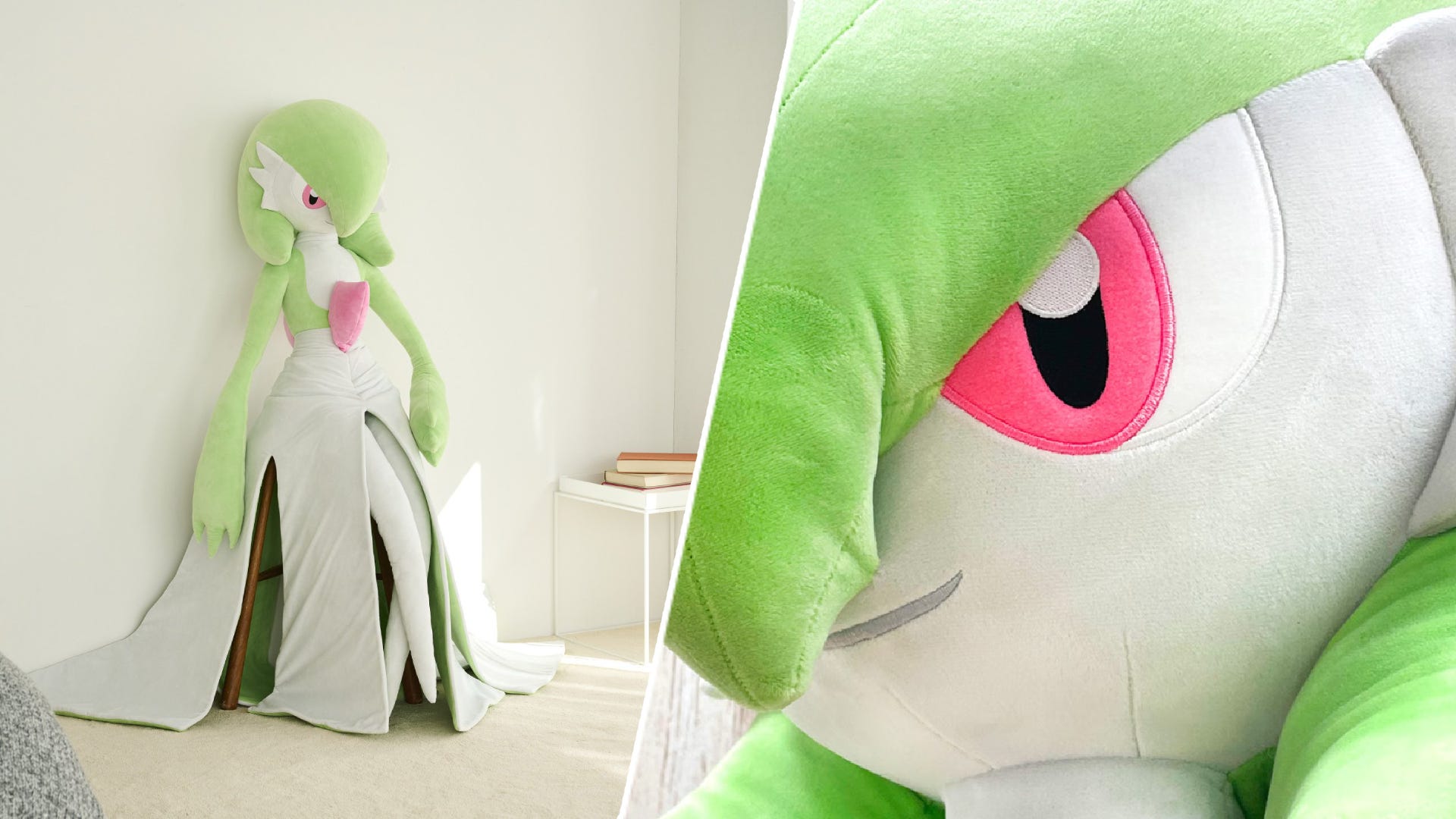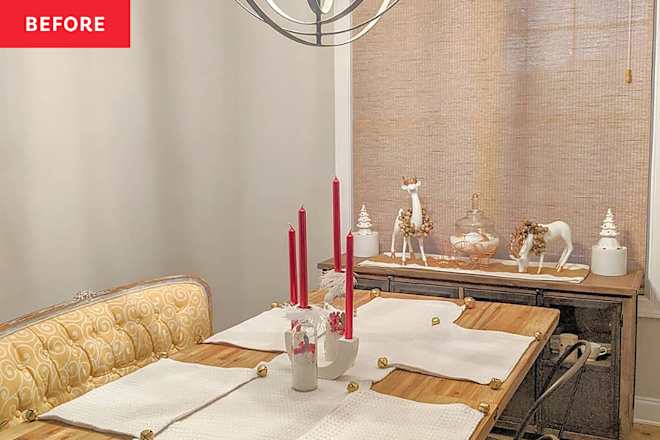Medieval toilet helps uncover lost home of the England’s last Anglo-Saxon King
The former power center of Harold II is shown in the 1,000-year-old Bayeux Tapestry. The post Medieval toilet helps uncover lost home of the England’s last Anglo-Saxon King appeared first on Popular Science.

A team of archeologists in the United Kingdom believe that they have found the lost residence of Harold Godwinson, the last Anglo-Saxon King of England. The home is shown in the 1,000 year-old Bayeux Tapestry and was uncovered through a combination of new surveys and a reinterpretation of evidence from earlier digs. The findings were recently published in The Antiquaries Journal.
“The Norman Conquest saw a new ruling class supplant an English aristocracy that has left little in the way of physical remains, which makes the discovery at Bosham hugely significant,” Oliver Creighton, a study co-author and archeologist at the University of Exeter, said in a statement. “We have found an Anglo-Saxon show-home.”
The last Anglo-Saxon King of England
Harold Godwinson (Harold II) ruled for only nine months in 1066 before he was killed in the critical Battle of Hastings. His residence Bosham, on the coast of West Sussex, is depicted twice in the Bayeux Tapestry. This famed piece of Medieval embroidery depicts the Norman Conquest of England in 1066. William, Duke of Normandy, challenged Harold for the throne and was ultimately successful.
The Bayeux Tapestry culminates in William’s victory in the Battle of Hastings. However, earlier artwork from the time also depicts that Bosham was where Harold enjoyed a feast in an extravagant hall before setting sail for France and upon his return.

Clues in a latrine
Previously, it was suggested that Harold’s residence once stood at the current location of a private home in West Sussex. To unpack the early history of the property, the team in this study deployed several methods. They conducted a geophysical survey of the surrounding area, assessed the standing remains, poured over maps and records, and took a closer look at evidence uncovered from excavations conducted by West Sussex Archaeology in 2006. They found two previously unidentified Medieval buildings– one that is integrated into the current house and the other structure is in the garden.

A crucial indication that the site had even earlier origins comes from a latrine within a large timber building. This latrine was first uncovered during the 2006 excavations of the site. Archaeologists in England have noticed a pattern that around the 10th century CE, high-status houses began to integrate toilets. This latrine indicated to the team that the timber building must have belonged to someone of an elite status and likely represents part of Harold’s residence illustrated on the Bayeux Tapestry. The hall was only one part of a larger complex that includes a still-standing church.
“The realisation that the 2006 excavations had found, in effect, an Anglo-Saxon en-suite confirmed to us that this house sits on the site of an elite residence pre-dating the Norman Conquest,” Duncan Wright, a study co-author and a medieval archeologist at Newcastle University, said in a statement. “Looking at this vital clue, alongside all our other evidence, it is beyond all reasonable doubt that we have here the location of Harold Godwinson’s private power centre, the one famously depicted on the Bayeux Tapestry.”
[ Related: Archeologists think they solved a 4,500-year-old Stonehenge mystery. ]
The research at Bosham was part of the Where Power Lies Project. The joint venture between Newcastle University and the University of Exeter aims to explore the origins and early development of aristocratic hubs across all of England.
The post Medieval toilet helps uncover lost home of the England’s last Anglo-Saxon King appeared first on Popular Science.













![From Gas Station to Google with Self-Taught Cloud Engineer Rishab Kumar [Podcast #158]](https://cdn.hashnode.com/res/hashnode/image/upload/v1738339892695/6b303b0a-c99c-4074-b4bd-104f98252c0c.png?#)
































































